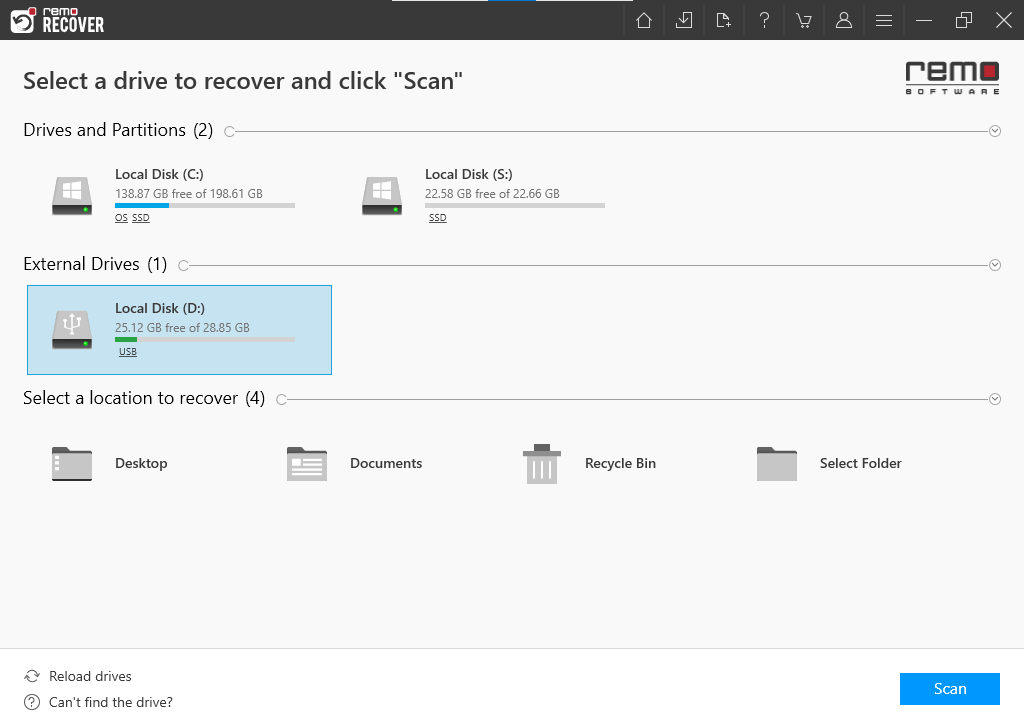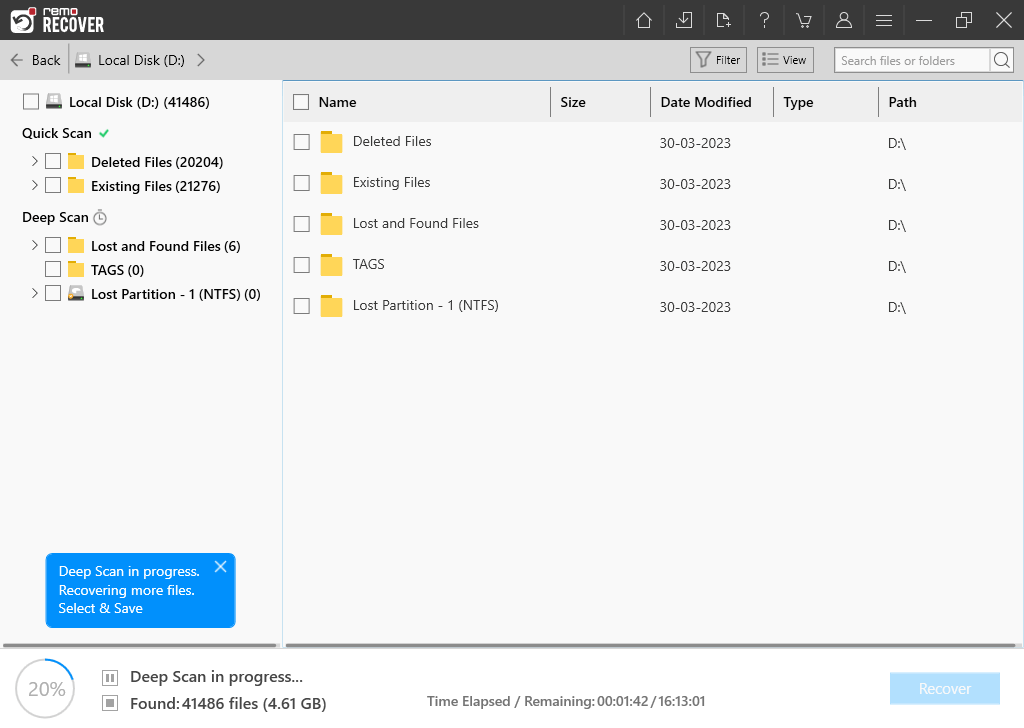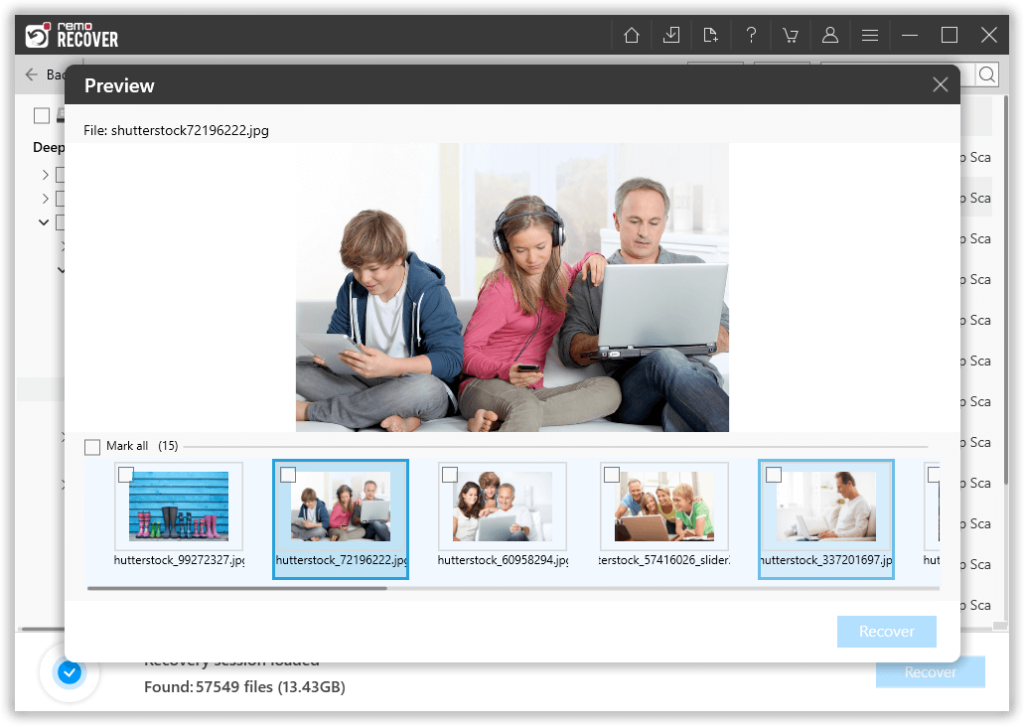Video loss on security cameras can be extremely critical if you have noticed missing footage or are unable to locate video files then you must act fast. If you are a client of a professional security company or a CCTV provider, please contact them first or browse through their website for solutions to your queries.
What is Video loss?
Video loss is when you are unable you view or play a video. You can find yourself in such a scenario because of several reasons that range from accidental deletion to a damaged surveillance camera. We will learn more about data loss on surveillance cameras and how to fix it.
Common Causes of Video Loss in Security Cameras
Inconsistent Power supply
You will have missing footage if the power to a camera is suddenly cut off. Based on the power supply and the setup, you will have to check the power supply accordingly.
- Regular Cameras- You might want to check the wires and power supply of the respective camera. If all the cameras have faced the same issue, check the main power supply.
- Battery Powered Cameras- regularly change the batteries and make sure that they are charged.
- Solar Powered Cameras- Ensure that you clean the solar panels to prevent dust from blocking out the sun. Make sure that the solar panels are placed at an optimal angle and double-check the wires and connectivity.
Unstable Network
If you have a network-based CCTV system as opposed to individual cameras with an SD card inside, verifying your network connection is important be it an ethernet, wireless, or IP address-based connectivity. You can refer to the manual or the camera's respective website for further information.
Faulty Hardware
Check your camera system for physical damage. It may be a scratch caused by the elements, chewed-out wires, or water damage. Mold, and perspiration on the inside of the camera lens are good indicators of water damage.
Software Errors
Common CCTV Errors that occur within the bounds of an operating system, can easily occur and can be fixed in most cases-
Accidental deletion
CCTV cameras often clear out old footage automatically, and if the set date is too soon or the storage capacity is too low, there is a good chance that you are unable to locate it. Luckily, there are solutions to recover deleted video files from CCTV cameras.
Video Corruption
Sudden power outages, poor storage management, or viruses, can cause your video files to get corrupted and hence are inaccessible. In such cases, the video may be blurry, blacked out, choppy, or pixelated, and in some cases you will be unable to see or open the file. You can use the help of professional tools to repair corrupted CCTV footage when the need arises but it is recommended to use an antivirus first.
Overwriting
Your CCTV camera constantly overwrites old data to record new surveillance footage. To avoid such cases, you would want to increase your storage capacity and alter the settings to delay the overwrite cycle.
Faulty DVR or NVR
A DVR/NVR is a device that processes and stores security footage fed by your CCTV cameras. If your surveillance system consists of a DVR then you may want to get it checked or recalibrated. To repair your DVR please contact the respective provider.
How to Fix CCTV video loss?
If you experience video loss on security cameras or have poor video quality ( choppiness, pixelation, etc) then there are a few methods that you could use to restore your CCTCV video files.
How to Recover Lost CCTV Video Files?
When you have deleted or overwritten CCTV video files that need to be recovered, you can use professional recovery software such as Remo Recover to maximize the chances of a successful restoration with its user-friendly UI and effective algorithm. It is also compatible with CCTV storage formats such as .mov, .avi, .divx, and .mpg.
Step 1: Download, install, and launch Remo Recover.
Step 2: Select the corrupted CCTV SD card or hard disk from the list of available devices. Feel free to use the Can't find the drive? option If the software is unable to locate your drive.

Step 3: Click on Scan and begin the scanning process. Remo Recover will scan your corrupted hard drive to recover your video files.
Step 4: You can preview the recovered files by using the Dynamic Recovery View feature during the scanning process.

Step 5: After the scanning process is complete, you can preview all the recovered video files. Select the files you want to recover click on Recover and Save.

Have Corrupted Video Files?
With corrupted Video files, it is common to experience stuttering playback, pixelation, distorted audio, and more. In such cases, Remo Video Repair will be the perfect choice. The advanced algorithm and smooth user interface can repair your corrupted video within minutes. It can repair many CCTV video file formats that include (but are not limited to) .mov, .avi, .divx, and .mpg file types.
Conclusion
Surveillance systems are not easy to maintain and repairs can be troublesome. Knowing common troubleshooting methods will go a long way in avoiding video loss on security cameras. However, if you are unfamiliar with the problem at hand, do not hesitate to call in a professional. I hope that this article provided you with valuable insights and helped you solve your issue. If you have any queries or suggestions please feel free to contact me.